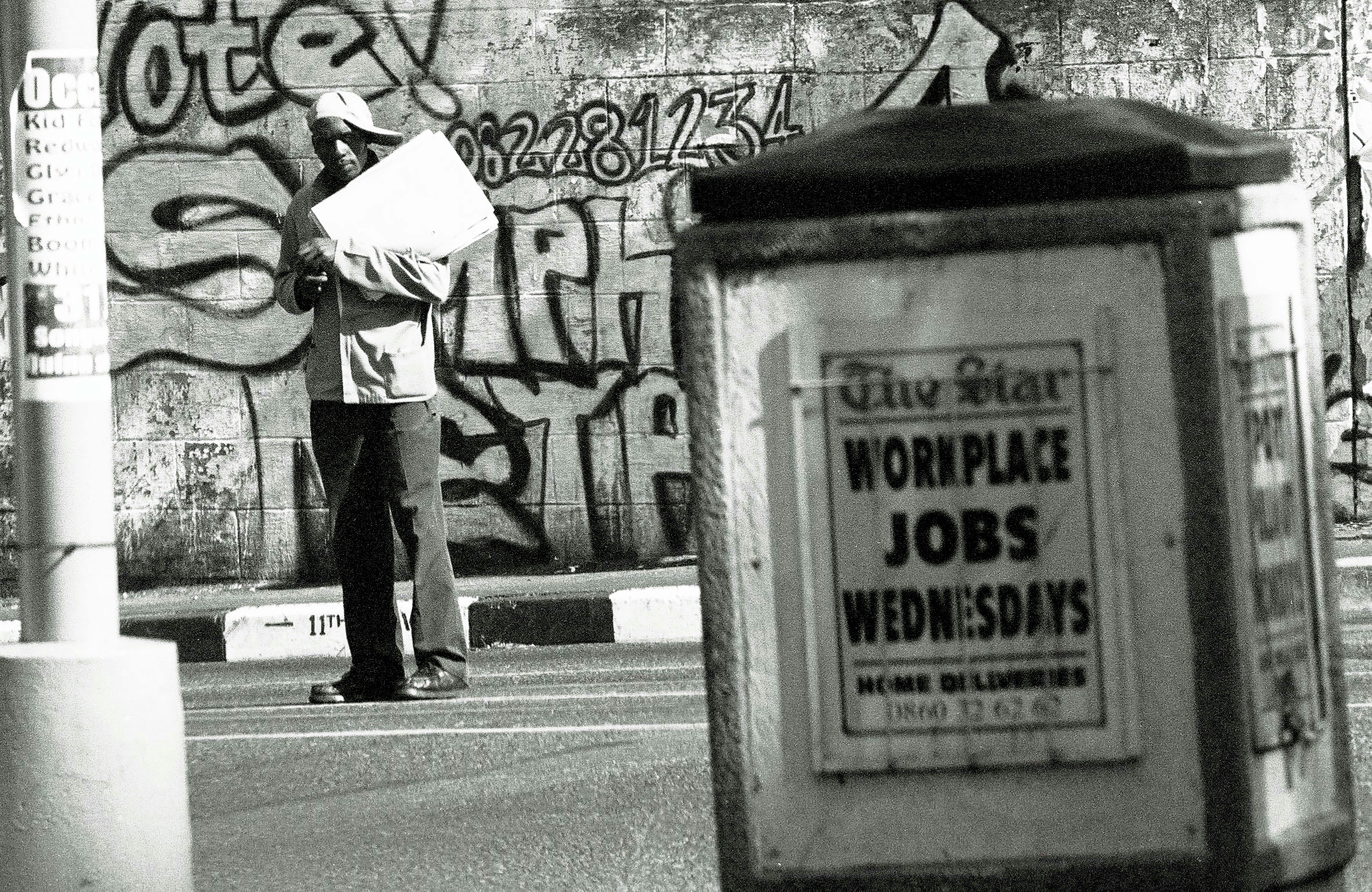
Highly effective monsoon rains swept throughout South Korea, burying houses, pulling down timber, canceling flights and trains, and chopping energy to tens of hundreds of residents, officers stated on Saturday.
The downpour precipitated flooding and landslides within the nation’s central area, leaving no less than 26 individuals lifeless and 10 others lacking as of late Saturday native time, the Inside Ministry stated, including that the rainfall was anticipated to accentuate within the coming days.
Heavy monsoon rains are typical in South Korea in the summertime, and its mountainous topography makes it prone to landslides. However the variety of casualties reported on Saturday was uncommon.
“The dying toll is surprisingly excessive,” Cheong Tae Sung, an professional in flooding with South Korea’s Nationwide Catastrophe Administration Analysis Institute, stated in an interview, including that there have been a few potential causes for this.
One is that lately rainfall has tended to be concentrated in city areas, close to the big cities of Busan and Seoul. This time, a lot of the current rains fell in rural elements of Chungcheong and Jeolla Provinces, which will be extra susceptible partly as a result of they’re harder to observe and attain.
Mr. Cheong added that, as local weather change warms South Korea, rain additionally seems to be coming in additional intense bursts reasonably than slowly over an extended interval. That shift has made getting ready for floods more durable.
At the least 5 of the individuals killed on Friday and Saturday died inside houses and buildings that had collapsed in landslides, and one individual was buried in earth and sand, the Inside Ministry said in a statement. One other sufferer died after a highway collapsed beneath.
A number of dams within the central a part of the nation started the managed launch of water on Saturday, and one overflowed, prompting the evacuation of hundreds of residents residing downstream. A passenger prepare derailed on Friday evening when soil entered a railroad monitor, although no casualties have been reported.
Greater than 5,500 residents have evacuated their houses since Thursday, in response to the ministry assertion, which urged emergency employees to assist evacuate residents and conduct rescues.
The Korea Meteorological Administration stated on Saturday that the rain would get stronger over the following two days, primarily within the central and southwestern elements of the nation.
The South Korean authorities has been on alert this month, with prime officers stressing the significance of security through the monsoon season. That sense of urgency grew stronger over the weekend, as studies of deaths and accidents started to return in.
“If there’s even a small risk of hazard, overreaction is the precept of this heavy-rain response,” Prime Minister Han Duck-soo stated on Saturday, mobilizing the navy to affix rescue efforts. President Yoon Suk Yeol repeated his requires an “all-out response” by the federal government.
Elements of central South Korea have been below a heavy rain advisory on Saturday morning, with as much as 1.6 inches anticipated in a single hour in some locations later within the day, the ministry stated. Some areas ought to anticipate as much as almost 10 inches of precipitation to build up, it added.
South Korea’s monsoon season usually begins in June and ends in early August. The remainder of the yr is generally dry and sunny, and spring brings the risk of wildfires.
The nation used to expertise heavy casualties and in 1984 accepted humanitarian support from North Korea. Extra lately, annual flood-related deaths have been within the single digits, besides in 2011, 2020 and 2022.
In August, among the heaviest rains in many years led to the deaths of no less than 14 individuals nationwide. In 2020, weeks of intermittent rain precipitated flooding and landslides throughout the nation, killing 48 individuals. In 2011, greater than 70 individuals died, together with 17 who have been killed when mudslides crashed into residential buildings in southern Seoul.
Mike Ives contributed reporting.






